Blue hosta: varieties and their cultivation
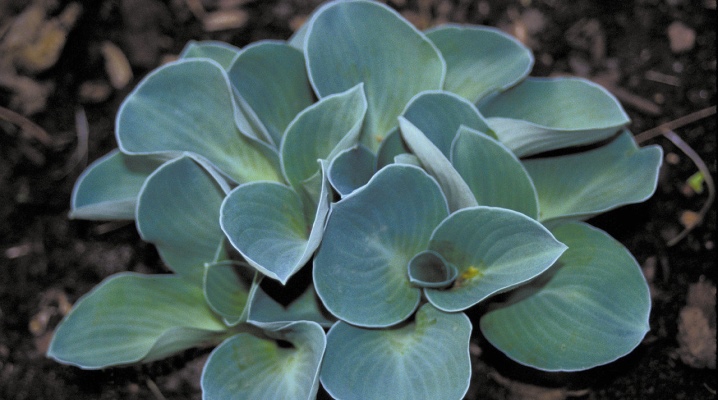
Recently, blue hosts are gaining more and more popularity among gardeners. It is a groundcover that grows well in the shadiest corners of the garden. Homeland blue hosts are Japan, Korea, the Far East. Hosta came to Europe quite late - only in the 18th century.
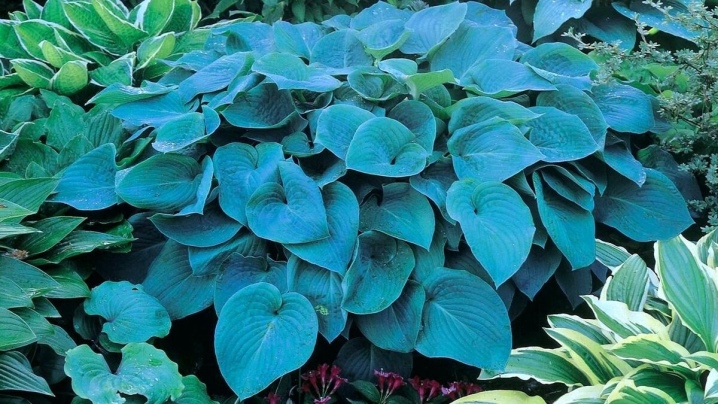
Description
The originality of the blue hosté (funkii) is given by the bluish color of the leaves, created by a special wax bloom. If the plant stays in bright sun for a long time, this plaque will disappear, and the leaves will look pale green. The decorativeness of blue hosts lies precisely in the leaves. Their flowers are inconspicuous, bell-shaped, appearing on a long, strong peduncle.
Hosta is a rather unpretentious plant. It can grow in areas of any light. But best of all, this plant will show itself in semi-shady and even completely shady places. The blue bloom on the leaves will be more intense here. The function will feel good under the shade of trees, on the northern side of the buildings.
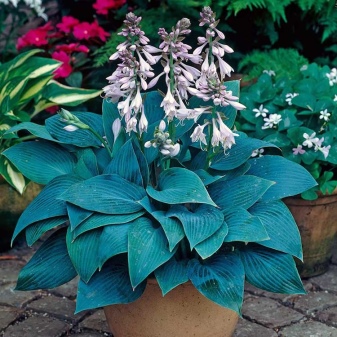
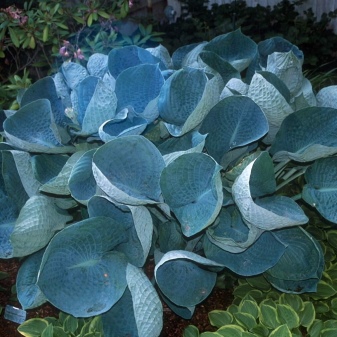
Planting and grooming recommendations
Any soil is suitable for blue hosts. It should be noted that on sandy soil, the bluish-blue color of the leaves of the funkia will be more saturated, but the size of the bush will be smaller... Hosta should not be planted in places with stagnant moisture (flooded in spring with melt water, where water flows from the roof and with high groundwater).
You can plant blue funkia in open ground in spring (April-May) and autumn (August-September).
For planting, it is necessary to dig a spacious hole of such a diameter that the roots of the plant are freely located in it. Pour a little humus, peat and complex fertilizer into it. Water the hole abundantly. Put the hosta in the center, gently spread the roots and cover it with an earthen substrate. The root collar should be at ground level.
Until the hosta takes root, it needs to be watered often: every 3 days. It is not necessary to mulch the soil under the funkion: this can cause rotting of the root collar.
Subsequent care of the funkia consists in timely weeding, watering, and top dressing.
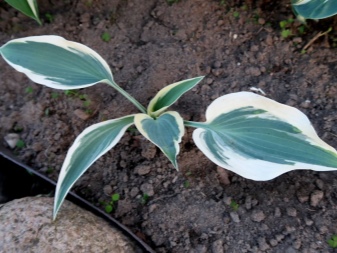

The host will not have to weed the blue host often. Since it covers the surface of the soil with its leaves, weeds hardly grow under it.
It is necessary to water it as the substrate completely dries out in the hole. Watering is required abundant. It must be produced at the root of the plant. Where water droplets touch the leaves, the blue plaque will be erased and the foliage will lose its decorative effect.
You can fertilize the host 4 times per season. To do this, you can use a ready-made complex fertilizer (following the instructions on the package) or mullein infusion (diluted with water in a ratio of 1: 10). Top dressing should be added to wet soil early in the morning. Foliar dressing can be carried out only on the lower part of the leaf blade in order to avoid the loss of the beautiful blue color.
The function is frost-resistant enough, therefore, does not require shelter before wintering. But in the fall, when the leaves turn yellow and wilt completely, they can be cut off to preserve the decorative effect of the flower garden.
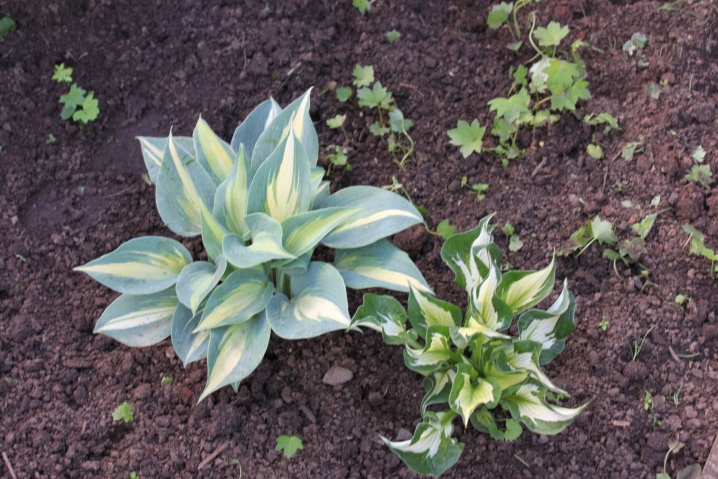
Varieties and types
There are many varieties and types of blue hosts, let's take a closer look at the best of them.
Blue angel
"Blue angel" ("Blue angel") - the largest variety of blue funky. In good conditions, the height of this hosta bush reaches 100 cm. The leaves are very decorative: large (up to 45 cm long), bluish-blue, slightly wavy. Pronounced veins make the foliage corrugated. The lush bush has a domed shape, a little more than a meter in diameter, the lower leaves almost lie on the ground.
On tall, strong peduncles there are small leaves, bell-shaped flowers, weakly fragrant, white with a delicate lavender tint. Hosta blooms in the second half of summer. "Blue Angel" is a winter-hardy variety that can withstand even forty-degree frosts.
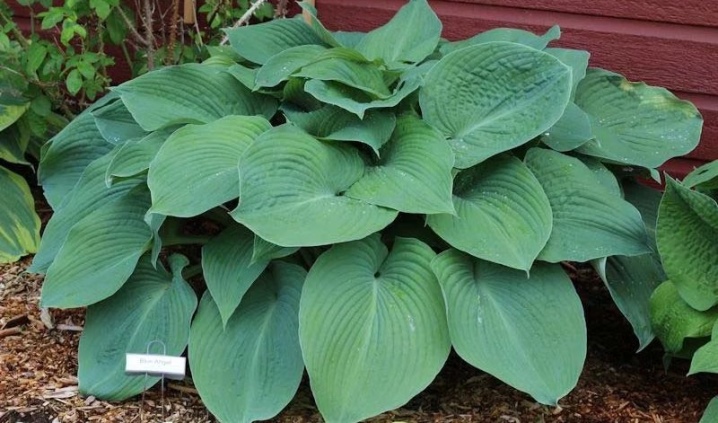
Cadet
"Cadet" is a medium-sized hybrid host that grows up to half a meter. The bush is compact, densely leafy. The leaves have an emerald blue color, gradually turning into a rich green by the middle of summer. On peduncles 40-55 cm high, there are odorless light purple flowers. "Blue Cadet" blooms in July-August. Hosta withstands severe frosts well.

Blue mouse ear
"Blue mouse ears" - undersized host. It fully justifies its name "Blue Mouse Ears", since the rounded leaves with a small taper at the ends are very similar to the ears of a mouse. The leaves of this hosta are dark blue in color, as if rubbery. The bushes of "Mouse Ears" are miniature, they grow up to only 20 cm.
The flowers are light lilac, appear in August. Like all types of blue hosts, "Blue mouse ears" do not require shelter for the winter.
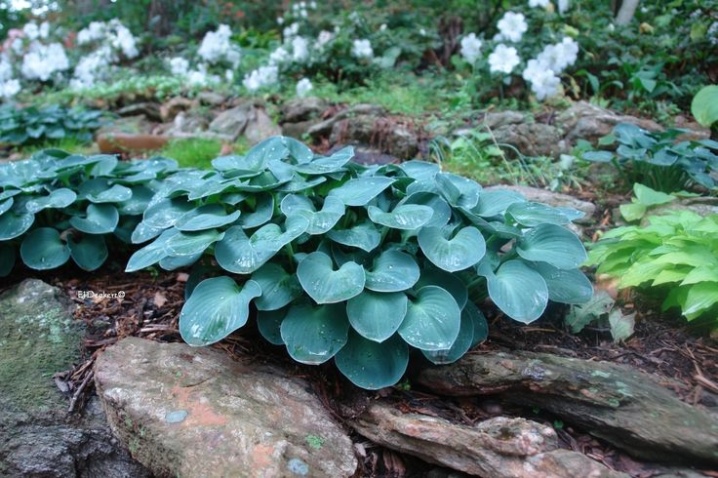
Bressingham Blue
Bressingham Blue is a hybrid form of the blue hosta. The bush is compact, symmetrical, vase-shaped, 50 cm high. The leaves are heart-shaped, elongated (17 cm in length and 12 in width), have a light bluish-green color, the blue bloom is very thin, therefore it is easily erased from touch and improper watering. Bell-shaped snow-white flowers are located on the leafy peduncle. Hosta blooms in July. Bressingham Blue is drought and frost resistant.
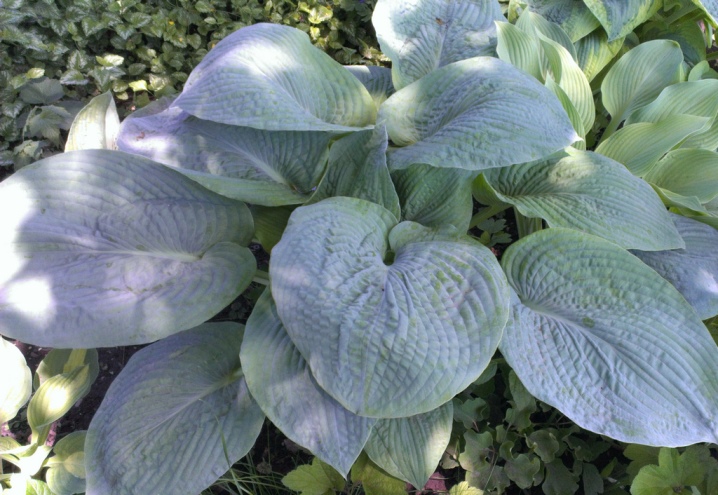
Canadian blue
Canadian Blue (Canadian Blue) is a very attractive variety. A tall (up to 70 cm) bush draws attention to itself with bright blue large leaves (up to 20 cm) with a slightly wavy edge, falling in a cascade. This hosta blooms from July to early September with large lavender flowers. Not afraid of winter frosts.
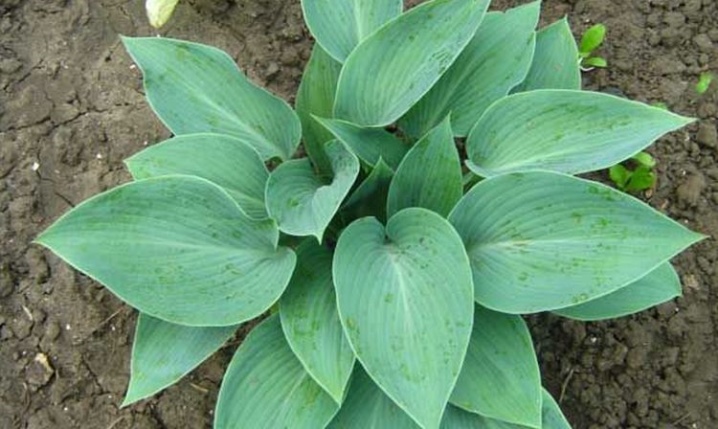
Blue bowl
The Blue Bowl is one of the most decorative blue funky varieties. It is a tall plant reaching 70 cm in height. The leaves are very large, dark blue, stretch upward and roll up at the edges in the form of glasses. The underside of the leaves is light, which creates an interesting contrast. The foliage of the Blue Bowl is so dense that it is not even invaded by slugs, snails and other insects. The hosta blooms with white flowers in the first half of summer. She does not need shelter for the winter.

Blue ambrellas
Blue Ambrellas is a giant funk with gray-green foliage. The bushes grow above 100 cm. The leaves are large (30 cm long), corrugated, drooping at the edges, they resemble an umbrella. Hosta blooms with light lilac flowers in July-August. Withstands drought and winter frosts.
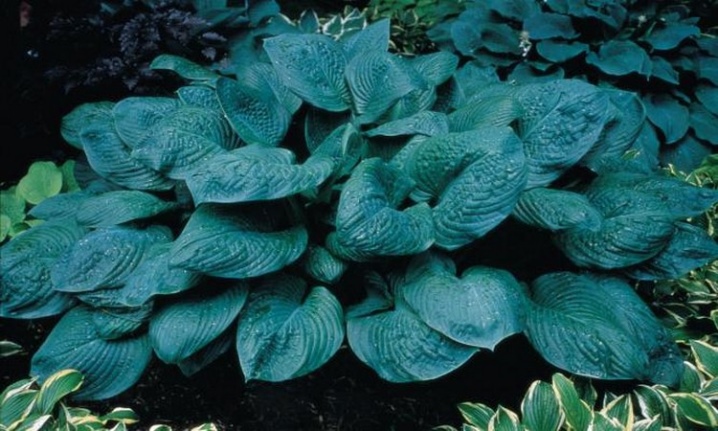
Blue mammos
"Blue mammoth" ("Blue mammoth") - a giant blue hosta. The height of this plant reaches 90 cm, and the diameter of the bush is up to 1.5 meters. The leaves are large, with a wavy edge, thin, lie tightly on top of each other, creating a huge dome. At the beginning of the season, they are blue, at the end they turn green. "Blue Mammos" blooms with gentle lilac flowers in early summer, by the end of flowering the inflorescences fade and turn white. It tolerates low temperatures well.
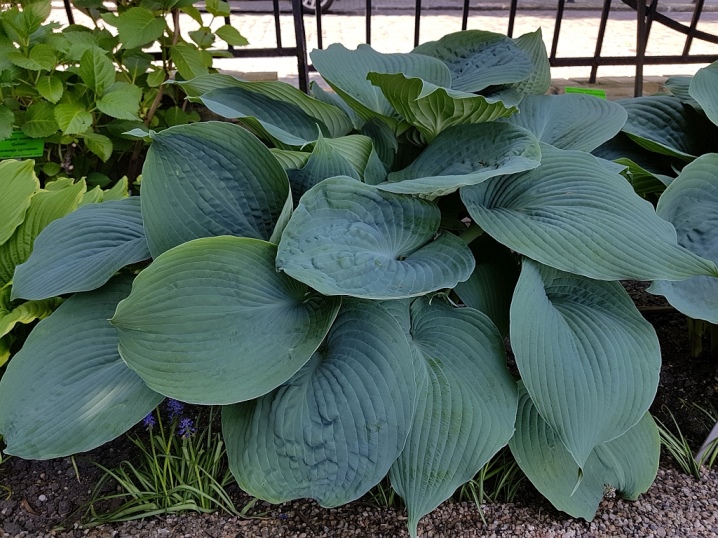
Fragrant Blu
"Fragrant blue" is a highly decorative undersized blue hosta, not exceeding 30 cm. The leaves are elongated, pointed, bluish-green, growing throughout the season, forming a spherical bush. It blooms in July-August with white inflorescences with a light purple tint. This host is not damaged by slugs.

Halcyon
Halcyon is a spectacular hybrid. The bush is low (up to 50 cm). Leaves are dark azure color. A distinctive feature of this hosta is its resistance to damage to the wax coating covering the leaf blades. The leaves are elongated, medium-sized, corrugated along the veins, growing very densely. "Halcyon" blooms in the second half of summer with numerous fragrant bell-shaped purple flowers on strong non-leafy peduncles.
Before wintering, it is advisable to mulch this hybrid with peat or sawdust with a layer of 3 cm.

Blue Ivory
Blue Ivory is a hybrid derived from Halcyon. This half-meter hosta grows well in width, reaching 120 cm in diameter. The leaves of this hybrid are rather large, tapering towards the end, strongly corrugated. Blue-gray leaves have a white border with a beige tint. Blue Ivory flowers are blue. This hosta can withstand winter temperature drops of up to 45 degrees.
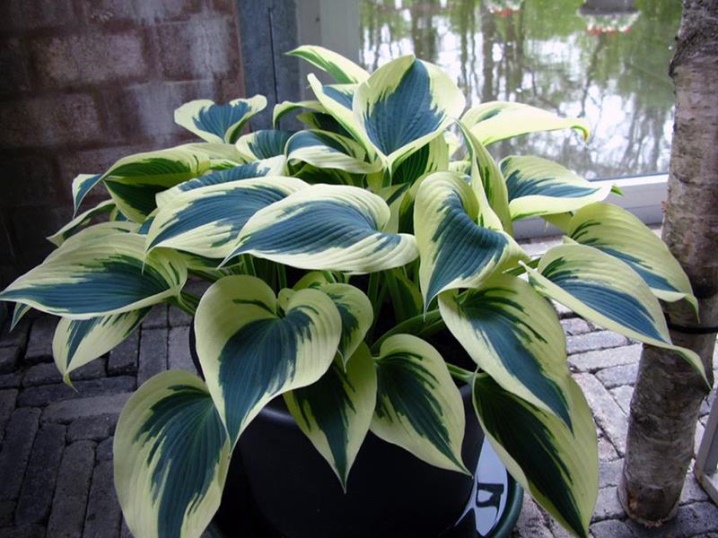
Rhythm and Blues
"Rhythm and Blues" is a narrow-leaved dwarf blue host. Its height does not exceed 25 cm. The leaves are narrow, bluish-blue with light veins. It blooms in the first half of summer with small flowers with a lavender tint. For the winter, you can sprinkle with peat.

Krossa regal
Krossa Regal is a classic variety. The height of the bush is 90 cm, the diameter is 100 cm. Deep blue large leaves are located on very long petioles and, unlike other hosts, do not lie horizontally close to the ground. The whole bush looks like a bowl on a high leg. This variety grows well in flowerpots. It blooms in August with densely spaced light bells.
Withstands forty-degree frosts.
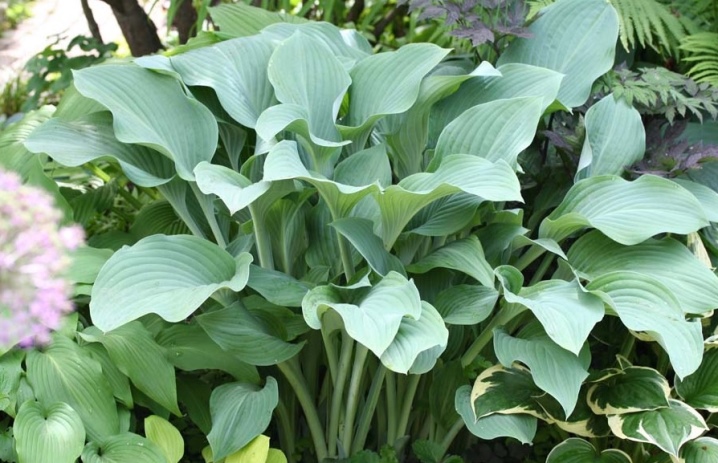
"Big Mama" is a medium-sized plant (height - 70 cm), growing in width up to 1.5 meters. The leaves are large, wavy, strongly corrugated, blue-gray. Peduncles are tall, in July they are covered with white flowers. Shelter for the winter is not required.
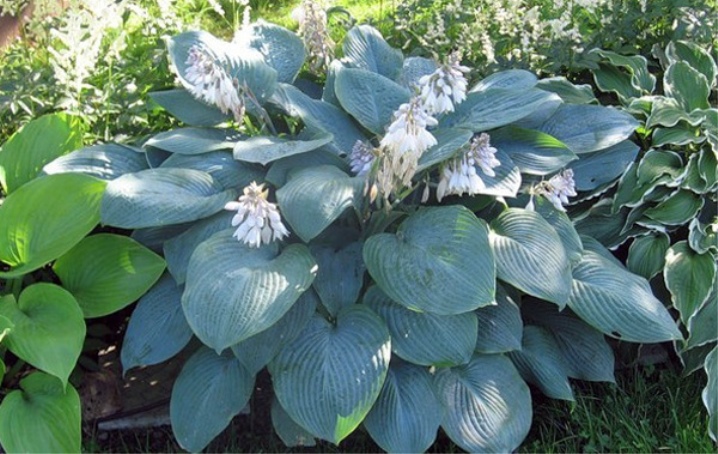
Examples in landscape design
All blue funkias are very decorative thanks to their unusual color foliage. They are long-livers: they grow in one place up to 25 years. Therefore, blue hosts are widely used in landscape design.
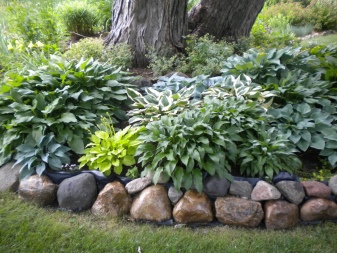
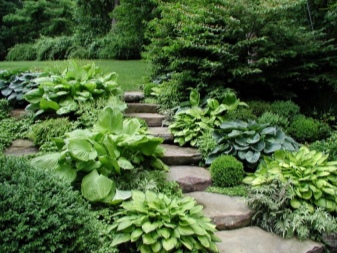
Funkia can be used as a groundcover in shady corners of the garden and as a curb plant.
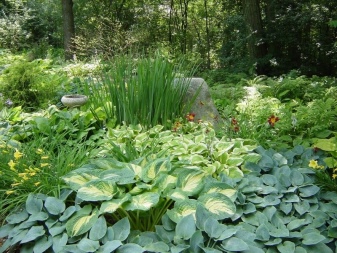

The blue hosta, planted near an artificial reservoir, looks great. Here it can be combined with ferns, daylilies, bergenia, astilbe.
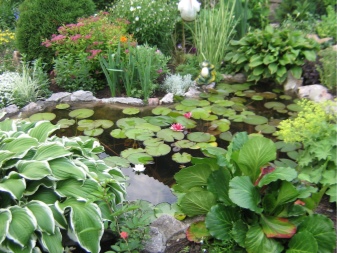
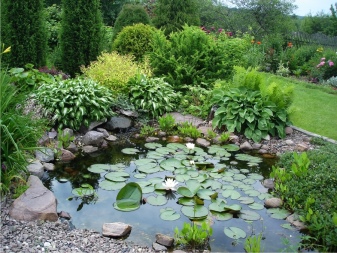
When creating alpine slides or rocky gardens, you can use miniature varieties of funky, which will grow in whole curtains, complementing the "pillows" of subulate phlox, alyssum, lavender.
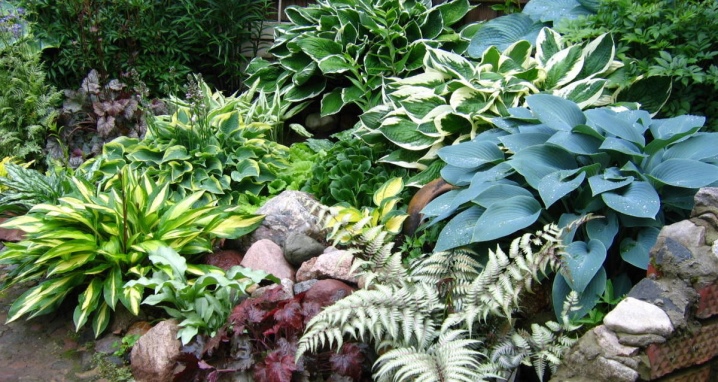
Blue hosts look especially impressive against the background of conifers. Giant blue host varieties can replace shrubs in the garden and become the backdrop for other ornamental low plants themselves.
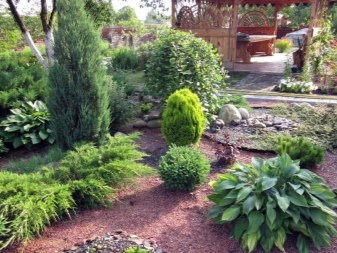
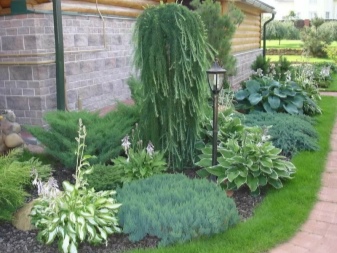
Hostas combine very well with other ornamental plants: ferns, alliums, balsams. They perfectly decorate the bare bases of rose bushes, hydrangeas, peonies.
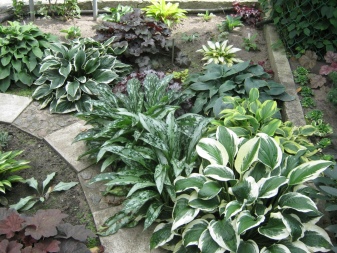
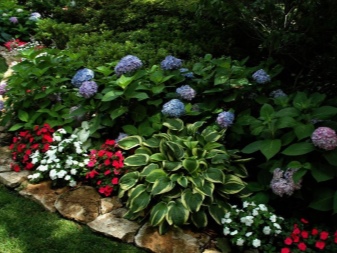
Low-growing blue hosts can be grown in containers, choosing varieties that are in harmony with each other in the shape of the leaves and the color of the inflorescences.
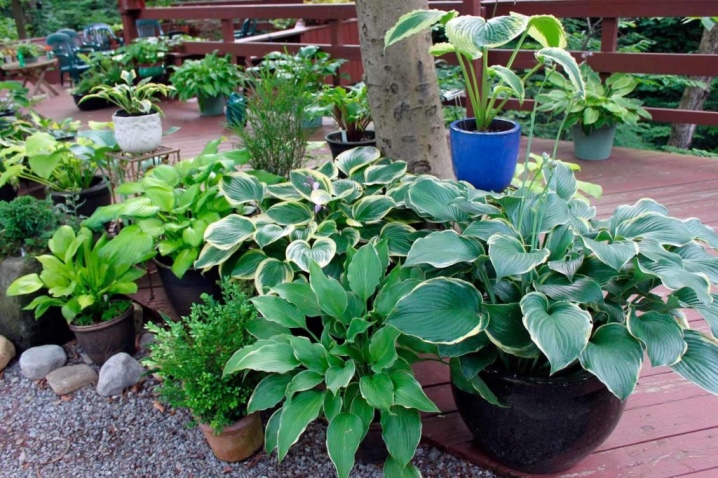
You can decorate the entrance to the house with blue hosts. They will make any garden plot stylish and unique. No wonder the professionals gave her the nickname "Queen of the Shady Garden".
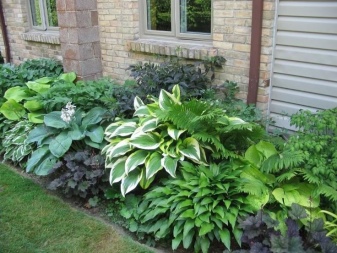
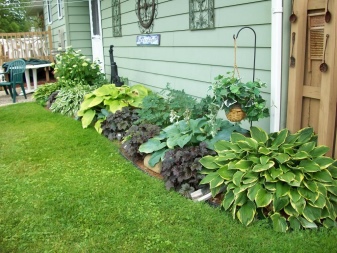
For information on how to grow blue hosta, see the next video.







































































































The comment was sent successfully.